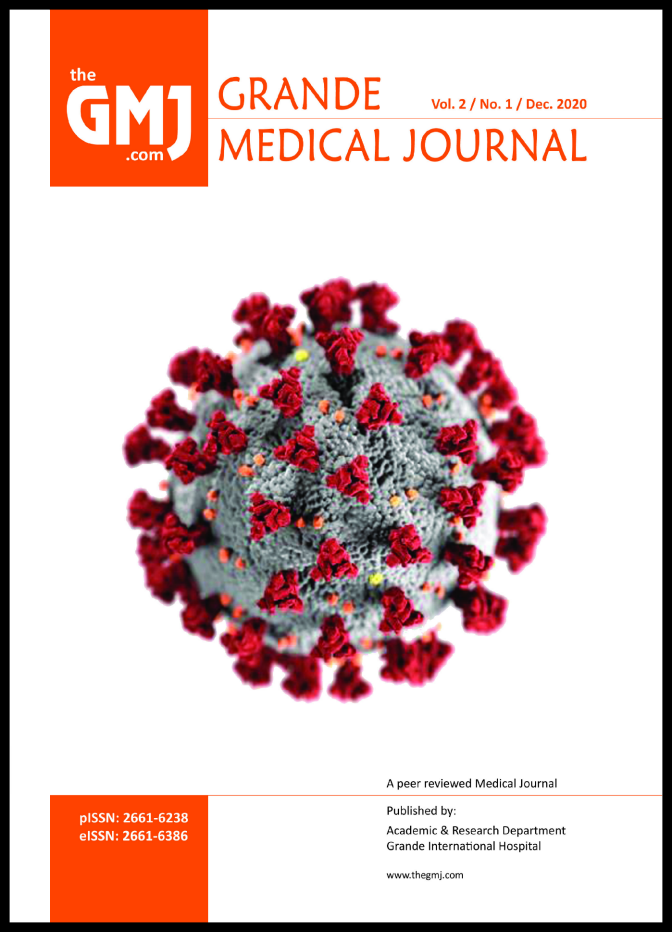Diversity in imaging findings of head injury patients: Our experience in a tertiary level hospital
DOI:
https://doi.org/10.3126/gmj.v2i1.42393Keywords:
Head Injury, Skull Fracture, epidural hematoma, subdural hematoma, pneumocephalusAbstract
Background: Head injury is a major cause of mortality and morbidity worldwide. It can occur in isolation or in association with multisystem injuries. Proper and prompt imaging evaluation in head trauma can help in the triage and management of the patients.
Material & methods: A hospital-based study using a non-interventional study design was employed. A total of 219 patients with head trauma who underwent CT were evaluated for various possible injuries using different window settings and algorithms. Data was entered in a predesigned proforma, and analysis was done using IBM SPSS version 20.
Results: The most common age group involved in head trauma was 20 to 40 years of age. Male patients were more frequently involved than female patients. Most common finding associated with the head trauma was calvarial fracture followed by cerebral hematoma/ contusions. Diffuse axonal injury and intraventricular hemorrhage were the least common findings in patients with head trauma.
Conclusions: Road traffic accidents are the leading cause of head trauma in our part of the world. They commonly involve young males exposed to the vulnerable environment. Proper road safety measures, if undertaken cautiously, can help prevent significant mortality and morbidity associated with these kind of injuries.
Downloads
Downloads
Published
How to Cite
Issue
Section
License
Copyright (c) 2020 Grande Medical Journal

This work is licensed under a Creative Commons Attribution 4.0 International License.




